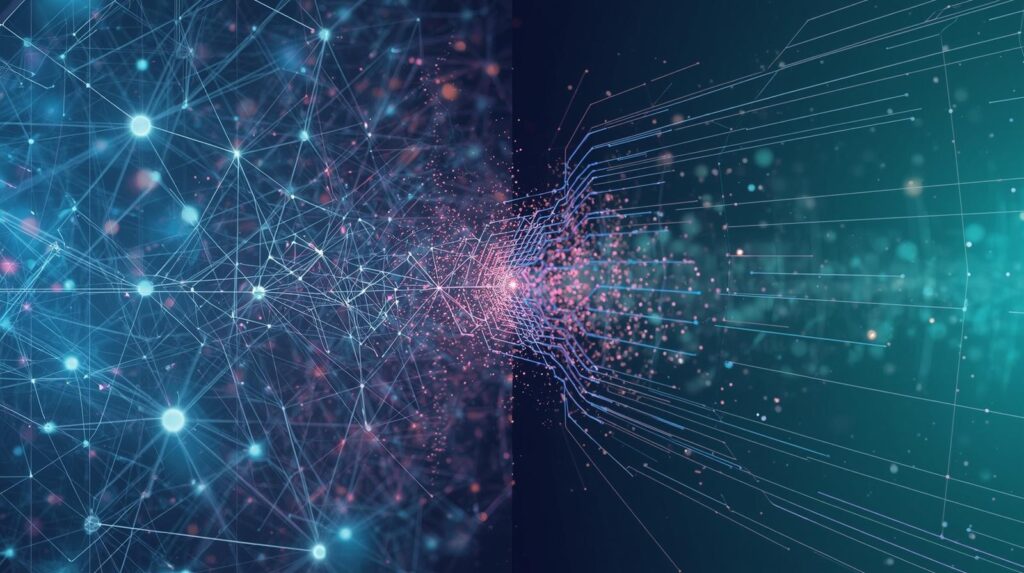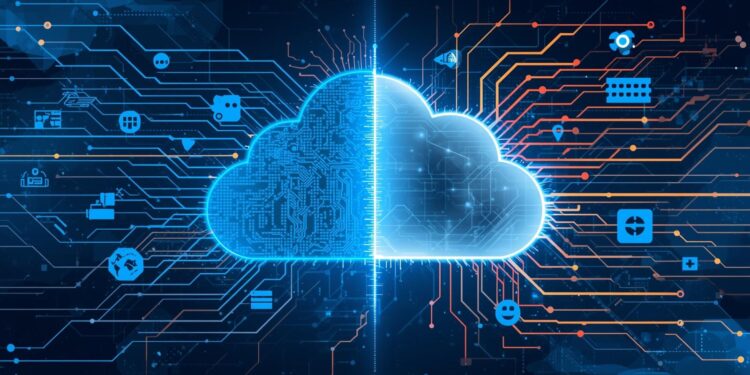In the ever-evolving landscape of technology, two concepts have emerged as pivotal in shaping the future of digital infrastructure: edge computing and cloud computing. Both play significant roles in how data is processed, stored, and managed, yet they serve different purposes and have distinct advantages. This article will delve into the key differences between edge computing and cloud computing, providing insights that are crucial for technology leaders, strategists, and innovation managers.
Cloud computing has been a cornerstone of digital transformation for over a decade. It refers to the delivery of computing services—servers, storage, databases, networking, software, analytics, and intelligence—over the Internet (“the cloud”) to offer faster innovation, flexible resources, and economies of scale.
- Scalability: Cloud computing offers virtually unlimited scalability. Businesses can easily adjust resources to match their needs without investing in physical infrastructure.
- Cost Efficiency: With a pay-as-you-go model, companies can reduce or eliminate the costs associated with on-premises hardware and maintenance.
- Remote Accessibility: Cloud services can be accessed from anywhere, providing flexibility and supporting remote work environments.
While cloud computing offers numerous benefits, it also has some limitations. Latency issues can arise because data must travel from the user’s device to the cloud and back, which can be problematic for applications requiring real-time processing. Additionally, security and compliance concerns persist, especially for sensitive data.
Edge computing, by contrast, involves processing data closer to where it is generated rather than relying on a centralized data center. This approach reduces latency, conserves bandwidth, and enhances real-time data processing capabilities.
- Reduced Latency: By processing data near the source, edge computing significantly reduces latency, making it ideal for time-sensitive applications such as autonomous vehicles and industrial automation.
- Bandwidth Efficiency: Edge computing minimizes the amount of data that needs to be sent to the cloud, reducing bandwidth usage and costs.
- Enhanced Security: By keeping data closer to its source, edge computing can reduce the risk of data breaches during transmission and allow for localized compliance with data protection regulations.
Despite its advantages, edge computing also presents challenges. Deploying and managing edge infrastructure can be complex and costly. Additionally, ensuring consistent performance and security across distributed edge nodes is a significant concern.
- Cloud Computing: Centralized data processing and storage, typically in large data centers.
- Edge Computing: Decentralized data processing and storage, closer to the data source.
- Cloud Computing: Higher latency due to the distance data must travel.
- Edge Computing: Lower latency, ideal for applications requiring real-time data processing.
- Cloud Computing: Suitable for applications with high computational requirements and data storage needs, such as data analytics and machine learning.
- Edge Computing: Best for applications needing immediate processing, such as IoT devices, smart cities, and autonomous systems.
When deciding between edge and cloud computing, several factors must be considered:
Understanding the specific needs of your business is crucial. If your operations rely on real-time data processing, edge computing might be the preferable choice. For projects requiring vast computational resources, cloud computing is likely more suitable.

While both technologies can offer cost benefits, the initial setup and maintenance of edge computing infrastructure can be higher. Conversely, cloud computing provides a more predictable, scalable, and cost-effective model.
Both cloud and edge computing offer unique security advantages. Cloud providers invest heavily in security measures, while edge computing reduces data exposure during transmission. Assess your data protection and compliance requirements when making a decision.
As technology continues to evolve, the line between edge and cloud computing is blurring. Many organizations are opting for a hybrid approach, leveraging the strengths of both to meet diverse needs.
By combining edge and cloud computing, businesses can optimize performance, enhance flexibility, and improve cost-efficiency. This approach allows companies to process real-time data at the edge while utilizing the cloud for storage and complex computations.
Industries such as healthcare, manufacturing, and telecommunications are already benefiting from hybrid solutions, which enhance operational efficiency and drive innovation.
Edge computing and cloud computing each offer distinct advantages and challenges. As technology leaders, strategists, and innovation managers, understanding these differences is crucial for making informed decisions that align with your business objectives.
By thoughtfully integrating these technologies, businesses can harness the full potential of digital transformation, driving growth, innovation, and competitive advantage.
In a world where data is king, choosing the right computing strategy can be a game-changer. Stay informed, stay agile, and embrace the future of computing.




